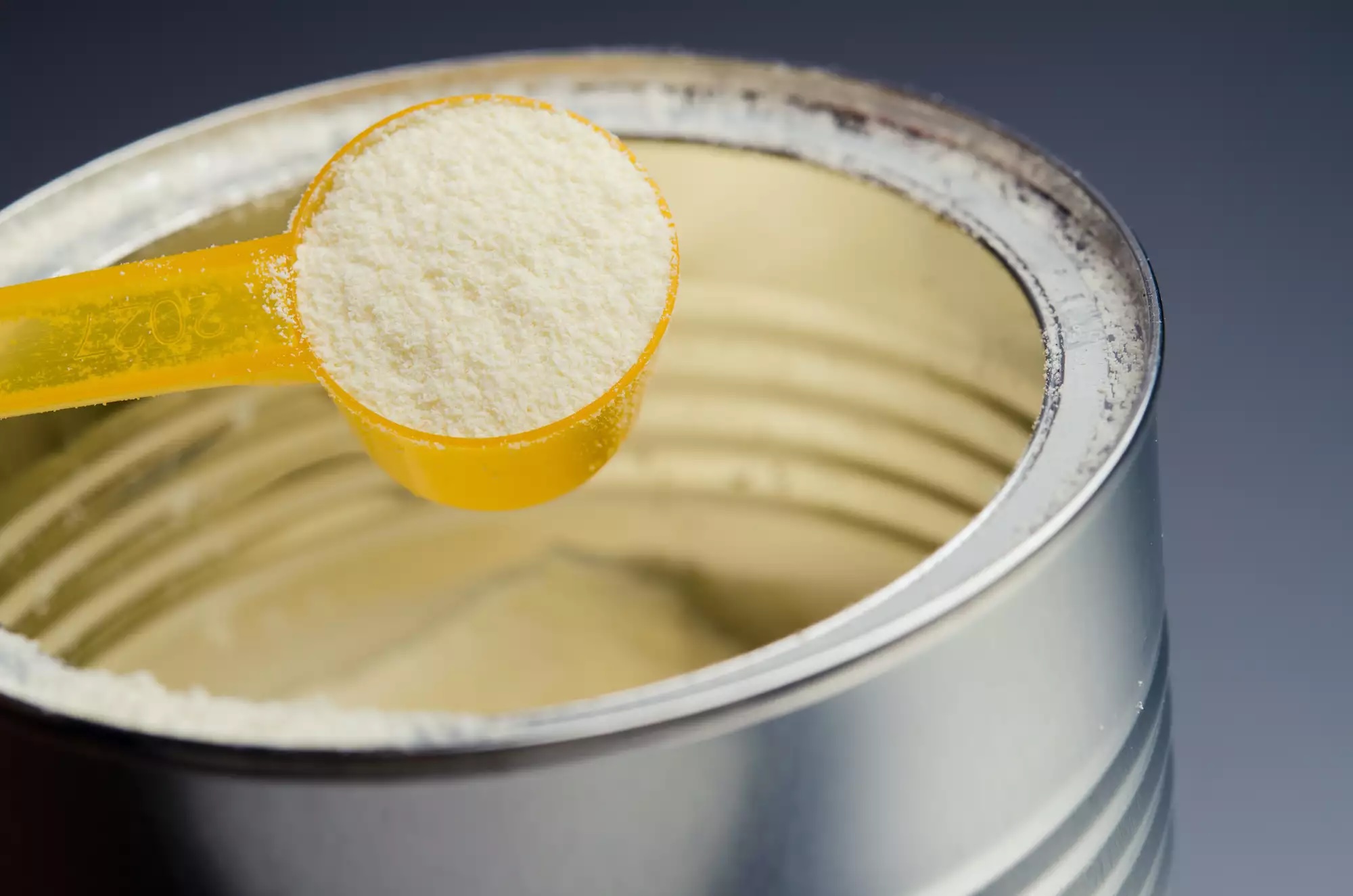

Articles
How To Store Powdered Milk After Opening
Modified: December 7, 2023
Learn the best techniques for storing powdered milk after opening. Our articles provide helpful tips and tricks to keep your powdered milk fresh and delicious for longer.
(Many of the links in this article redirect to a specific reviewed product. Your purchase of these products through affiliate links helps to generate commission for Storables.com, at no extra cost. Learn more)
Introduction
Powdered milk is a convenient and long-lasting options for those who want a reliable source of milk without the need for refrigeration. Whether it’s for camping trips, emergency preparedness, or everyday use, powdered milk provides an easy and cost-effective solution. However, once you have opened a container of powdered milk, proper storage becomes crucial to maintain its freshness and quality.
In this article, we will explore the best practices for storing powdered milk after opening. By following these guidelines, you can extend the shelf life of your powdered milk and ensure that it remains safe and enjoyable to consume for an extended period.
Key Takeaways:
- Properly storing opened powdered milk in airtight containers, away from moisture and light, and using it within the recommended timeframe ensures extended freshness, flavor, and nutritional value.
- Regularly checking for signs of spoilage, such as changes in color, texture, smell, or taste, helps prevent the consumption of spoiled powdered milk, ensuring safety and enjoyment.
Read more: How To Store Pet Milk After Opening
Storing Powdered Milk: The Basics
When it comes to storing powdered milk after opening, there are a few crucial factors to consider. Proper packaging, maintaining the right conditions, and using it within a specific timeframe are key elements to ensure the longevity of your powdered milk.
First and foremost, it is essential to transfer your powdered milk into a suitable airtight container after opening. This will protect it from exposure to moisture, light, and air. The original packaging of powdered milk might not be as effective in preserving its freshness once opened. Airtight containers such as glass jars or food-grade plastic containers with a tight-sealing lid are ideal for this purpose.
It is important to note that transparent containers should be stored in a dark place or wrapped in aluminum foil to protect the powdered milk from light. Light exposure can degrade the quality and nutritional value of the powdered milk over time.
Additionally, choosing a proper storage location is crucial for maintaining the quality of the powdered milk. Store it in a cool, dry place away from direct sunlight, heat, and humidity. High temperatures and moisture will accelerate the process of spoilage, as they create a favorable environment for bacteria and mold growth. The pantry or a kitchen cabinet away from the stove or dishwasher are suitable spots for storing powdered milk.
Lastly, it is important to be mindful of the timeframe in which you use your powdered milk. While powdered milk can have a long shelf life, it is recommended to consume it within a certain timeframe for optimal taste and quality. Most powdered milk packages will have a “best by” or “expiration” date printed on them. It is advisable to use the powdered milk within a few weeks or months past the recommended date to ensure its freshness.
By following these basic guidelines for storing powdered milk after opening, you can prolong its shelf life and maintain its quality, flavor, and nutritional value.
Proper Packaging for Opened Powdered Milk
One of the most important aspects of storing powdered milk after opening is ensuring proper packaging. The original packaging of powdered milk is not designed for long-term storage once it has been opened. To maintain the quality and freshness of the milk powder, it is crucial to transfer it into a suitable airtight container.
The ideal container for storing powdered milk is one that is airtight, moisture-proof, and resistant to light and air exposure. Glass jars with tight lids or food-grade plastic containers with airtight seals are excellent choices for packaging. These materials provide the necessary level of protection, preventing moisture, air, and light from reaching the powdered milk.
Avoid using bags or resealable pouches as they are not as effective in preserving the freshness of the powdered milk. These types of packaging may not provide a sufficient barrier against moisture and air, which can lead to degradation and spoilage of the milk powder.
Before transferring the powdered milk into the new container, make sure it is clean and dry. Any residual moisture or contaminants can shorten the shelf life of the milk powder. It is also advisable to label the container with the current date, so you can keep track of its freshness.
When packaging the powdered milk, be sure to fill the container only up to about 75% full. Leaving some empty space at the top allows for expansion if the milk powder absorbs any moisture and prevents the container from bursting. It also helps with easy mixing and prevents clumping.
Keep in mind that transparent containers should be stored in a dark place or wrapped in aluminum foil to protect the powdered milk from light exposure. Light can cause the milk powder to degrade faster and negatively impact its flavor, nutritional value, and overall quality.
By using proper packaging techniques to transfer your opened powdered milk into a suitable airtight container, you can significantly extend its shelf life and preserve its taste and nutritional benefits.
Store in a Cool and Dry Place
When it comes to storing powdered milk after opening, the conditions in which it is stored play a vital role in preserving its quality and freshness. For optimal results, it is essential to store powdered milk in a cool and dry place.
Exposure to high temperatures can accelerate the degradation process of powdered milk, leading to changes in color, taste, and nutritional value. Therefore, it is important to avoid storing powdered milk in areas that are prone to heat, such as near stoves, ovens, or other appliances that emit heat. Additionally, keep the milk powder away from direct sunlight, as UV rays can also affect its quality.
Choosing a cool storage location, like a pantry or a kitchen cabinet, is ideal for maintaining the freshness of powdered milk. These areas tend to have a more stable temperature, away from the fluctuations that can occur in other parts of the house. Aim for a storage temperature between 50°F and 70°F (10°C and 21°C) for optimal longevity.
In addition to temperature, moisture is another crucial factor that can impact the quality and shelf life of powdered milk. Moisture can lead to clumping, caking, and the growth of bacteria or mold. Therefore, it is important to keep the milk powder away from humid environments, such as bathrooms and basements.
To further protect against moisture, ensure that the storage container is airtight and moisture-proof. Properly sealing the container will prevent any moisture from seeping in and compromising the quality of the powdered milk.
It is worth noting that extreme temperature fluctuations can also have a negative impact on powdered milk. Avoid storing the milk powder in areas that experience frequent temperature changes, as it can lead to condensation inside the container and spoilage.
By following these guidelines and storing your powdered milk in a cool and dry place, you can extend its shelf life and maintain its quality, taste, and nutritional value for a longer period.
Avoid Exposure to Moisture
Moisture is one of the biggest enemies when it comes to storing powdered milk after opening. Excessive moisture can lead to clumping, caking, and the growth of bacteria or mold, which can render the milk powder unsafe to consume. To ensure the longevity and quality of your powdered milk, it is crucial to avoid exposure to moisture.
Firstly, make sure that the container used for storing the powdered milk is completely dry before transferring the milk powder into it. Any residual moisture left in the container can lead to the development of clumps and accelerate the spoilage process. To be on the safe side, it is recommended to wipe down the container with a dry cloth or paper towel before adding the powdered milk.
When storing the powdered milk, ensure that the storage location is dry and free from humidity. Avoid areas of the house that are prone to high levels of moisture, such as the bathroom or basement. If the room tends to be humid, consider using a dehumidifier to create a drier environment.
If you live in a particularly humid climate, you may also want to take extra precautions to protect your powdered milk. One option is to use moisture-absorbing packets, such as silica gel or desiccant packets, which can help to keep the container moisture-free. These packets absorb excess moisture in the air and prevent it from affecting the powdered milk.
Another way to safeguard against moisture is to avoid opening the container of powdered milk in a humid environment. Moisture in the air can quickly be absorbed by the milk powder, leading to clumping and spoilage. Instead, open the container in a dry area and ensure that it is properly sealed once opened.
In case you notice any signs of moisture in the powdered milk, such as clumps or a change in texture, it is best to discard it. Consuming powdered milk that has been exposed to moisture can pose health risks, so it is better to err on the side of caution.
By taking the necessary steps to avoid exposure to moisture, you can prolong the shelf life of your powdered milk and ensure its safety for consumption.
Store powdered milk in an airtight container in a cool, dry place, away from direct sunlight and moisture. It can also be stored in the refrigerator to extend its shelf life.
Seal the Container Properly
Properly sealing the container is essential when storing powdered milk after opening. A tightly sealed container not only helps to maintain the freshness and quality of the milk powder but also prevents exposure to air, moisture, and contaminants that can lead to spoilage.
When transferring the powdered milk into a storage container, ensure that the lid or cover is tightly secured. Airtight containers, such as glass jars with tight-fitting lids or food-grade plastic containers with airtight seals, are recommended for this purpose. This prevents any air from entering the container and helps to preserve the flavor, texture, and nutritional value of the powdered milk.
If the original packaging of the powdered milk came with a resealable zipper or closure, make sure to seal it tightly after each use. Press out any excess air and ensure that the closure is properly sealed to prevent air and moisture from entering the package.
Transparent containers should be stored in a dark place or wrapped in aluminum foil. Light exposure can deteriorate the quality and nutritional value of powdered milk over time. By keeping it in a dark environment or shielding it from light sources, you can prevent any potential degradation.
It is also important to handle the container with clean and dry hands during each use. Avoid touching the powdered milk directly with your hands, as this can introduce moisture and bacteria, which can contribute to spoilage.
If you notice that the lid or seal of the container is damaged or no longer providing a tight seal, it is recommended to transfer the powdered milk to a new container with a proper sealing mechanism. Ensuring a tight seal is crucial for the longevity and quality of the milk powder.
By sealing the container properly, you can protect your powdered milk from air, moisture, and contaminants, thus prolonging its shelf life and maintaining its freshness and safety for consumption.
Use Within the Recommended Timeframe
While powdered milk has a relatively long shelf life, it is important to keep track of the recommended timeframe for consumption after opening. Using powdered milk within the recommended timeframe helps ensure its freshness, flavor, and overall quality.
Most powdered milk packages come with a “best by” or “expiration” date. This date indicates the length of time that the powdered milk is expected to retain its optimal quality. It is important to note that this date refers to the unopened package of powdered milk.
Once you have opened a package of powdered milk and transferred it into a storage container, the clock starts ticking. It is generally recommended to use the powdered milk within 2 to 3 months after opening. However, you may find specific instructions on the package for the recommended timeframe. Always refer to the packaging for guidance.
Using powdered milk within the recommended timeframe ensures that you are consuming it while it is at its best quality. Over time, the powdered milk may start to lose its flavor, nutritional value, and texture. It may also become more prone to developing off flavors or even spoilage.
To help you keep track of when you opened the powdered milk, it is a good practice to label the container with the date of opening. This will serve as a reminder to use the powdered milk within the recommended timeframe.
Additionally, it is important to consider the storage conditions of the powdered milk. If the milk powder has been exposed to improper storage conditions such as high temperatures or moisture, it may spoil more quickly. In such cases, it is best to err on the side of caution and use the powdered milk within a shorter timeframe.
If you notice any signs of spoilage such as a foul odor, unusual texture, or discoloration, do not consume the powdered milk. These are clear indications that the milk powder has gone bad and should be discarded.
By using powdered milk within the recommended timeframe, you can ensure that you are enjoying it at its best quality, flavor, and nutritional value, providing you and your family with a safe and enjoyable experience.
Check for Signs of Spoilage
When storing powdered milk after opening, it is important to periodically check for signs of spoilage. While powdered milk has a longer shelf life compared to liquid milk, it can still go bad over time if not stored and handled properly. Checking for signs of spoilage ensures that you are consuming safe and fresh powdered milk.
The first step in checking for spoilage is to use your senses. Start by examining the powdered milk for any changes in color, consistency, or texture. Fresh powdered milk should have a uniform color and a fine, powdery texture. If you notice any discoloration, clumps, or a gritty feel, it may indicate that the milk powder has started to spoil.
Next, check the powdered milk for any unusual or off smells. Fresh powdered milk should have a neutral or slightly sweet smell. If you detect a sour, rancid, or unpleasant odor, it is a clear indication that the milk powder has gone bad and should not be consumed.
It is important to note that spoilage in powdered milk can be caused by various factors such as exposure to moisture, improper storage conditions, or contamination by bacteria. These factors can lead to the growth of harmful microorganisms, which can pose health risks if consumed.
If you suspect that the powdered milk may be spoiled, it is best to err on the side of caution and discard it. Consuming spoiled powdered milk can lead to food poisoning, upset stomach, or other adverse health effects.
In addition to visual and olfactory checks, it is also a good practice to periodically taste a small amount of powdered milk to assess its quality. While taste is not always a reliable indicator of spoilage, a sour or off taste can confirm that the milk powder has gone bad.
It is important to remember that even if the powdered milk appears and smells normal, if it is past the recommended timeframe for consumption after opening, it is best to discard it to ensure your safety.
Regularly checking for signs of spoilage will help you identify any potential issues with the powdered milk and prevent the consumption of spoiled milk powder.
Conclusion
Proper storage of powdered milk after opening is crucial for maintaining its freshness, flavor, and nutritional value. By following a few essential guidelines, you can extend the shelf life of your powdered milk and ensure that it remains safe and enjoyable to consume.
Transferring the powdered milk into airtight containers, such as glass jars or food-grade plastic containers with tight-sealing lids, is important to protect it from exposure to air, moisture, and light. This will help to preserve the quality and prevent clumping or spoilage.
Storing the powdered milk in a cool, dry place away from direct sunlight, heat, and humidity is essential. High temperatures and moisture can accelerate spoilage, so it is important to choose a suitable storage location, such as a pantry or kitchen cabinet, that maintains stable conditions.
Properly sealing the container is another important step. Ensure that the lid or closure is tightly secured to prevent air, moisture, and contaminants from entering the powdered milk. This will help to maintain its freshness and quality.
Using the powdered milk within the recommended timeframe is highly advised. While powdered milk has a long shelf life, it is best to consume it within 2 to 3 months after opening. Pay attention to any signs of spoilage, such as changes in color, texture, smell, or taste, and discard the milk powder if necessary.
By implementing these storage practices and regularly checking for signs of spoilage, you can enjoy your powdered milk for an extended period, ensuring that it remains safe, fresh, and of high quality.
Remember, proper storage and handling of powdered milk contribute to its overall longevity and safety. With these guidelines in mind, you can confidently store your powdered milk after opening, knowing that it will be ready for your needs, whether it’s for everyday use, emergency situations, or outdoor adventures.
Frequently Asked Questions about How To Store Powdered Milk After Opening
Was this page helpful?
At Storables.com, we guarantee accurate and reliable information. Our content, validated by Expert Board Contributors, is crafted following stringent Editorial Policies. We're committed to providing you with well-researched, expert-backed insights for all your informational needs.
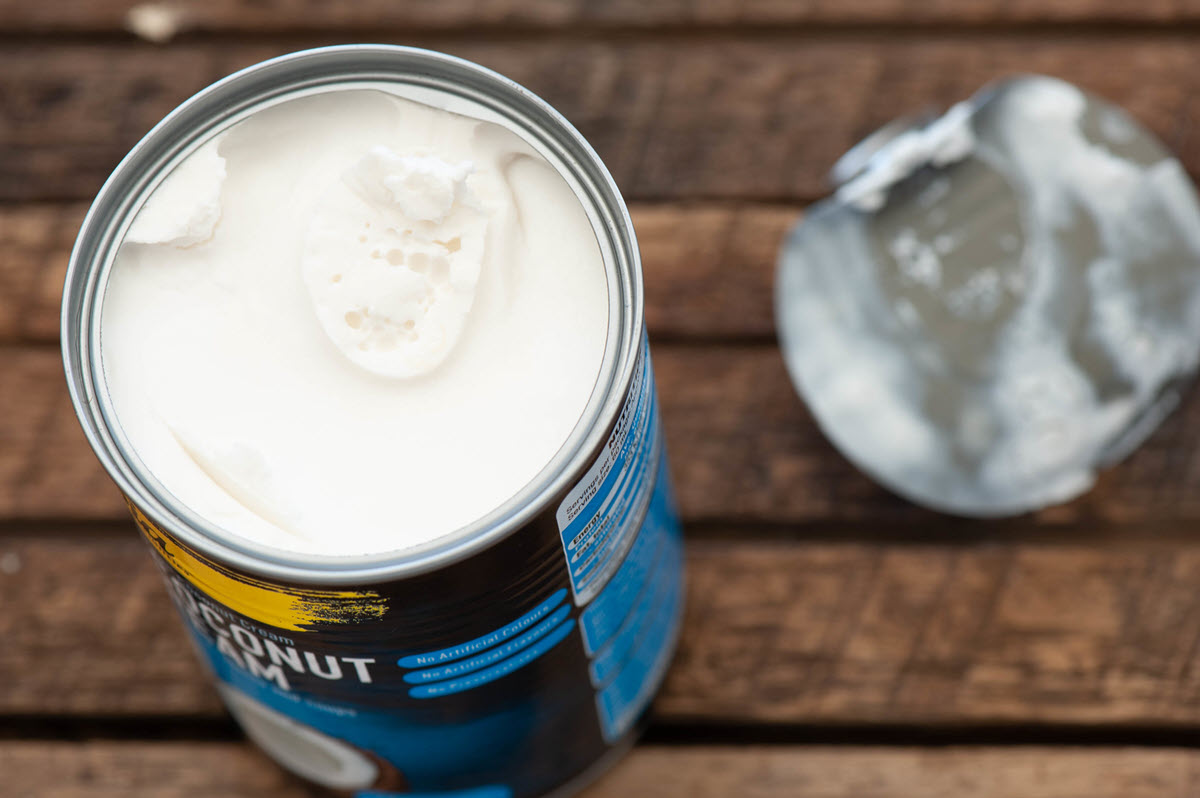

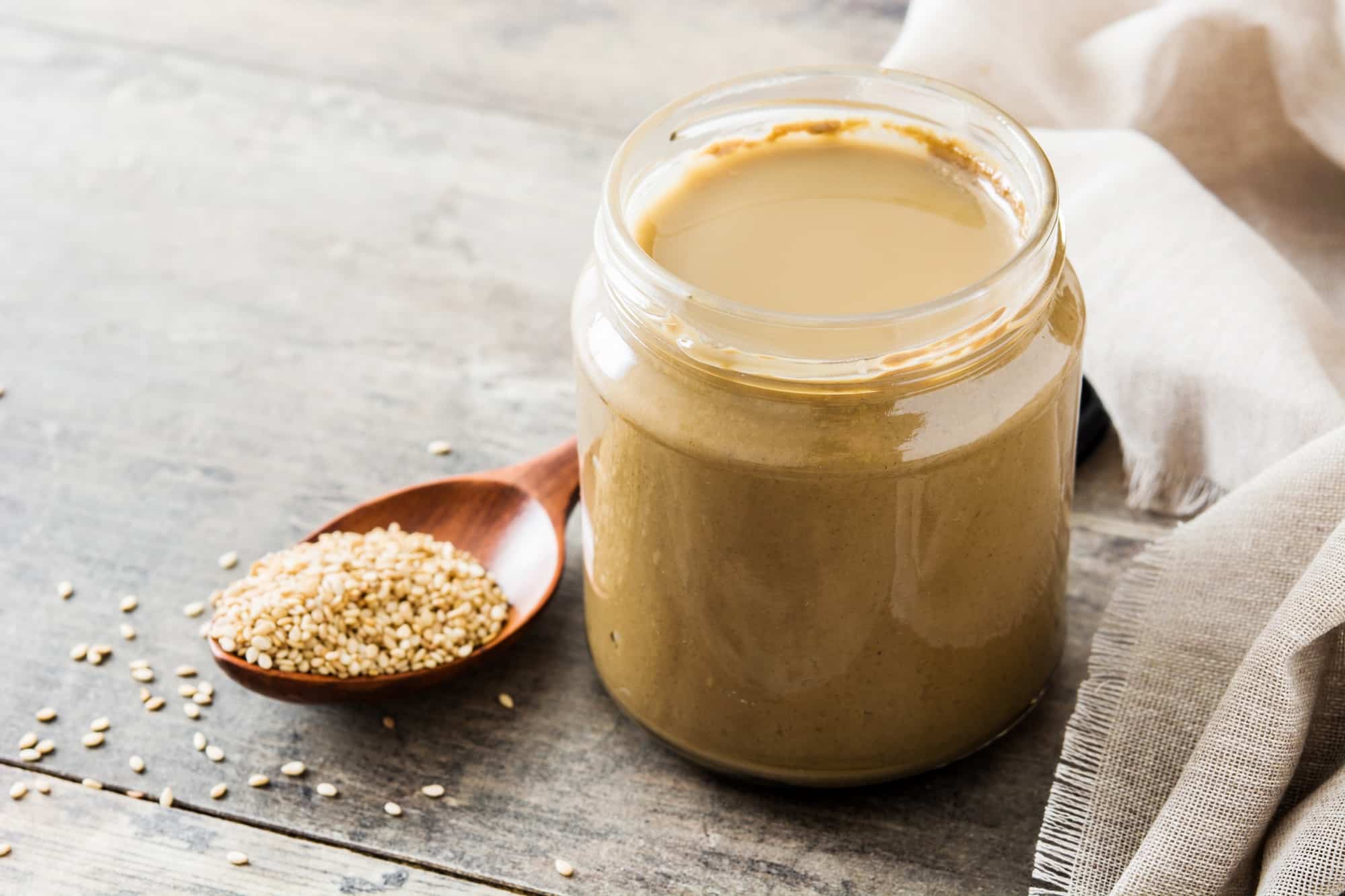



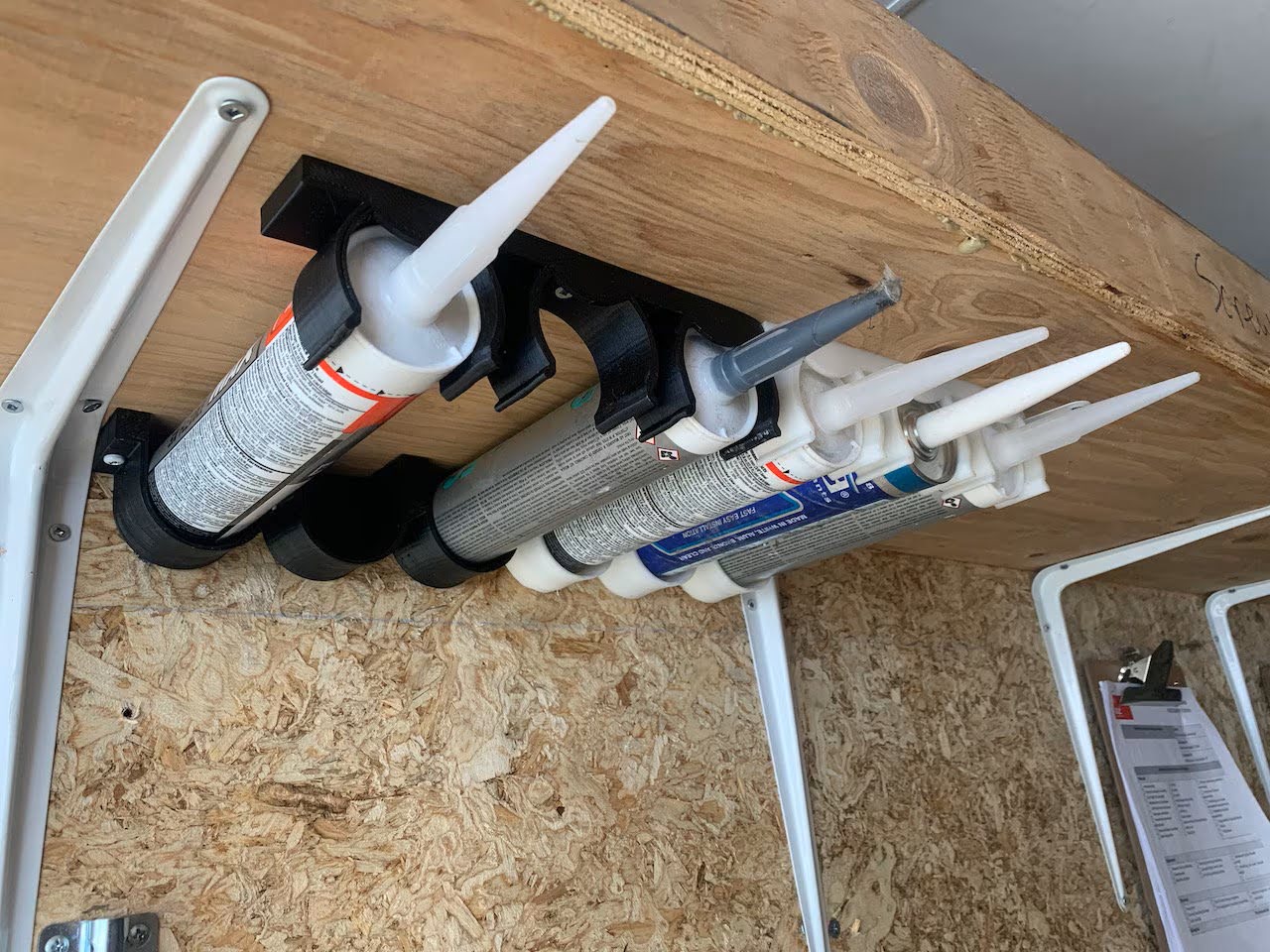
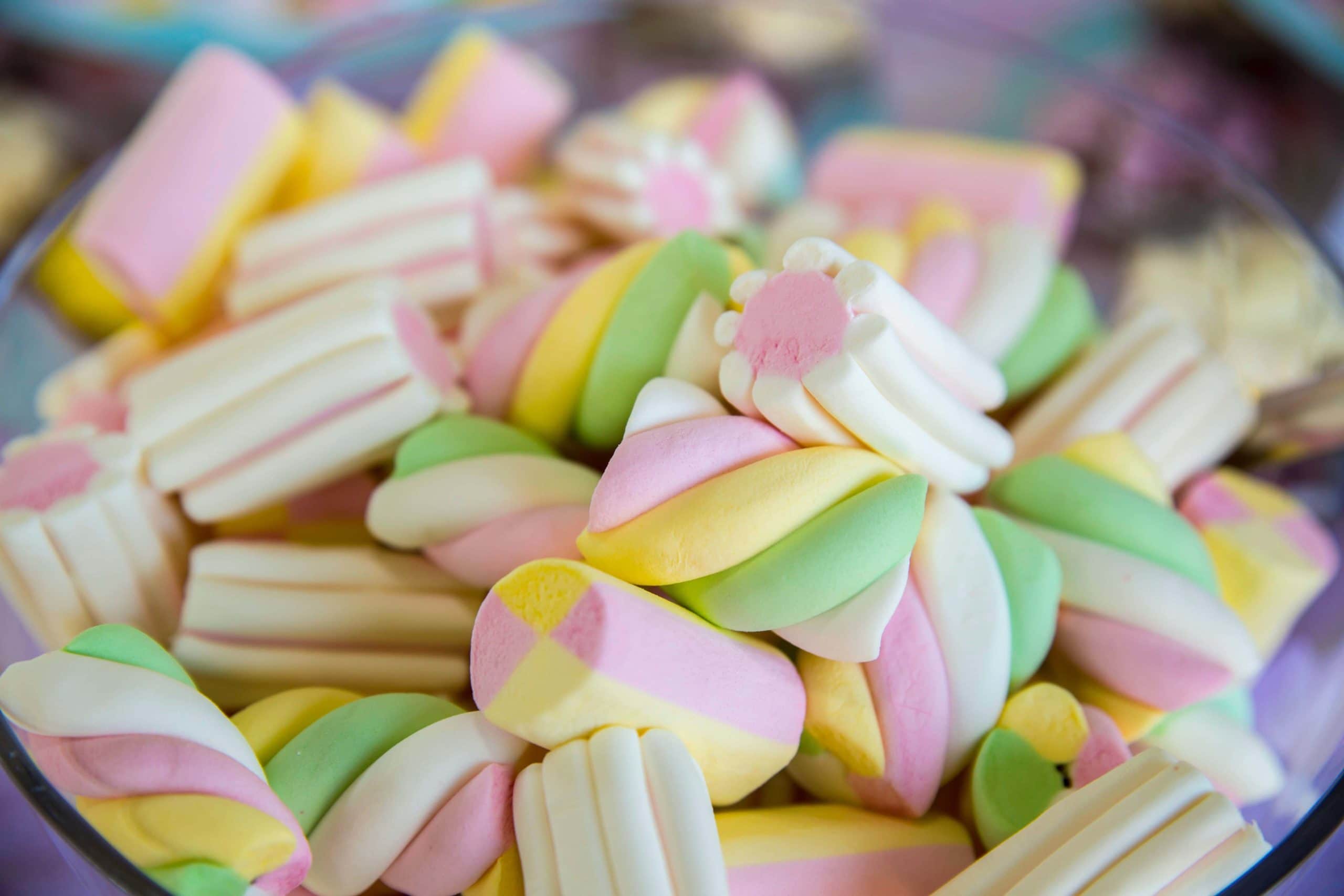
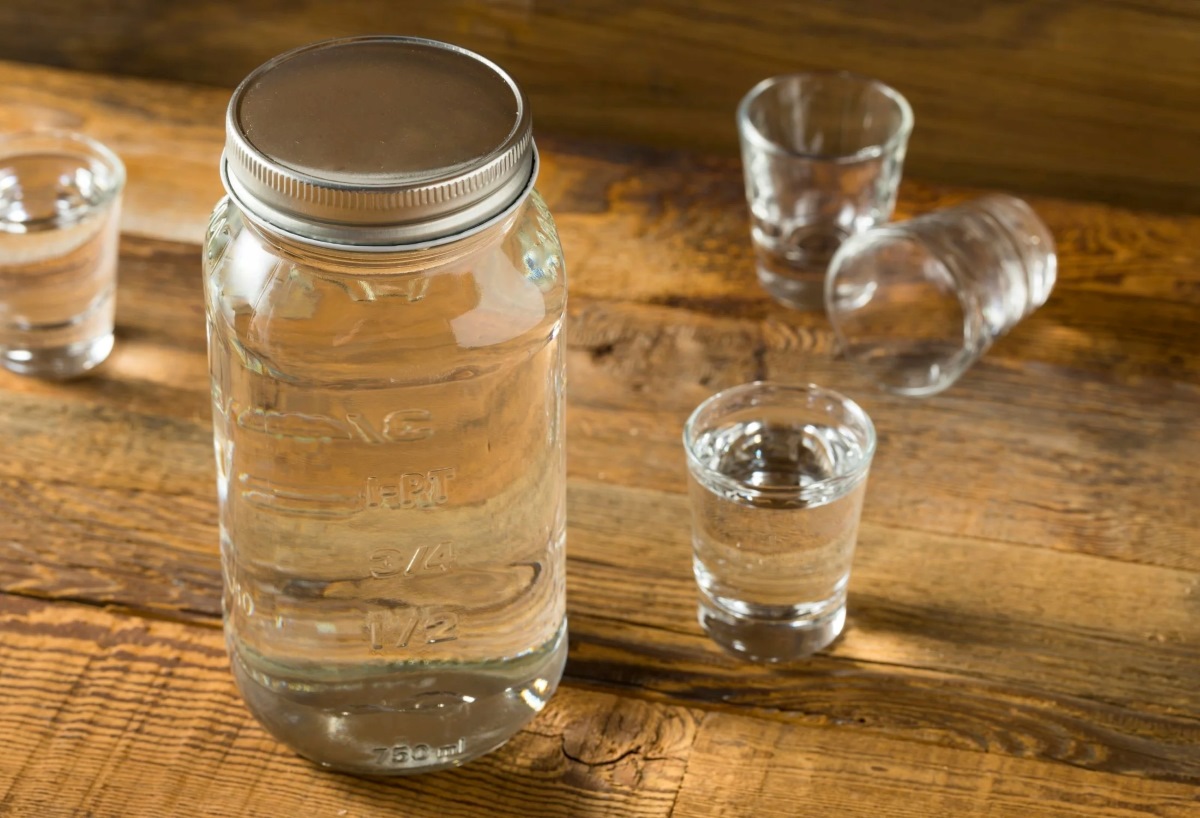


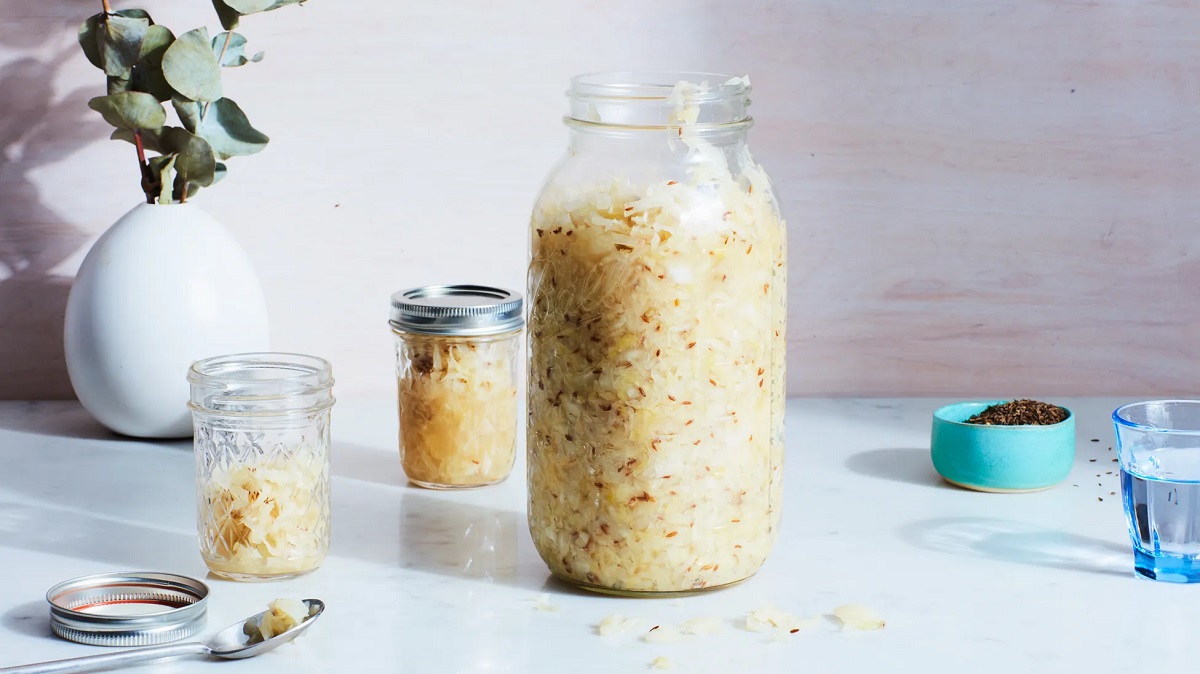
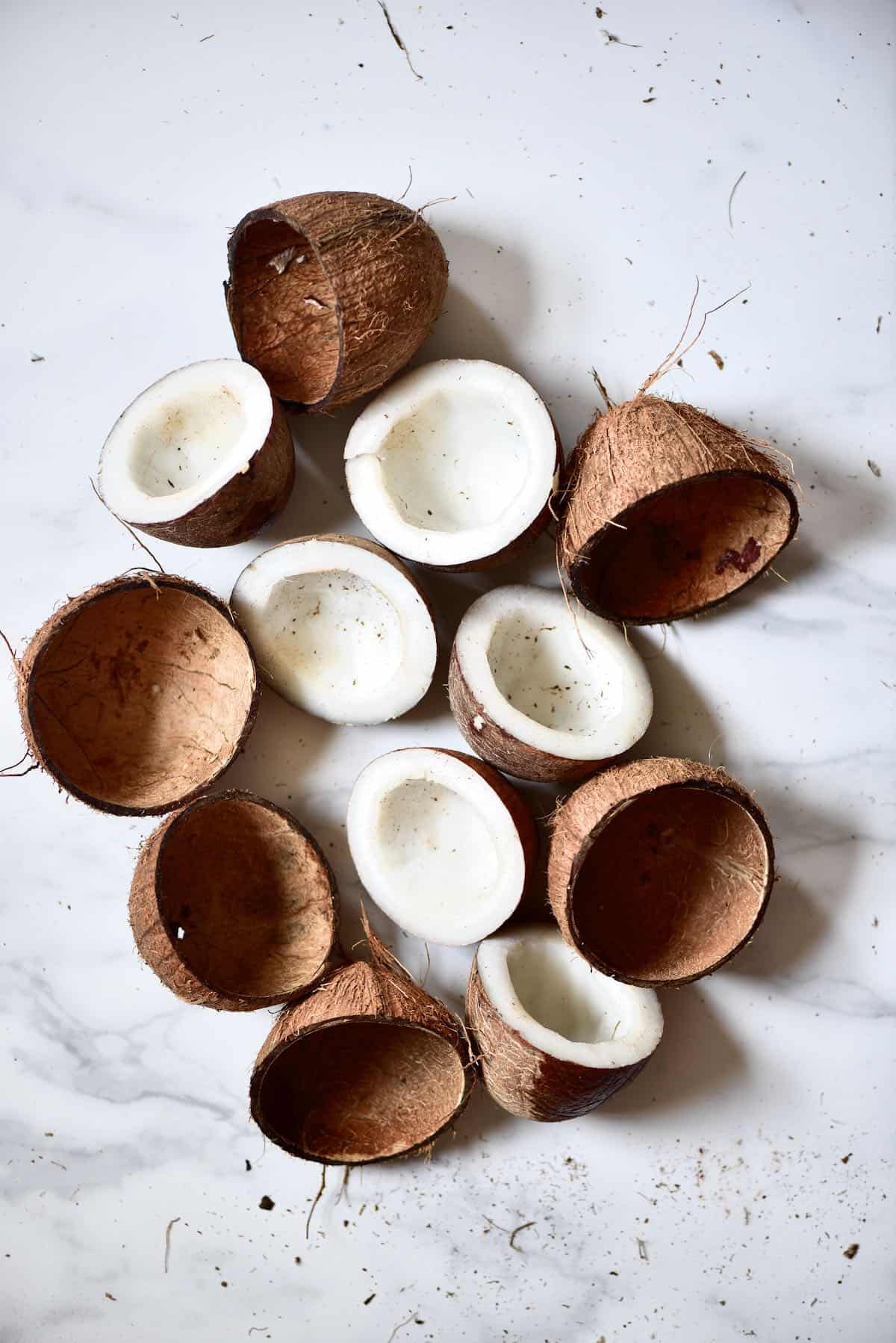
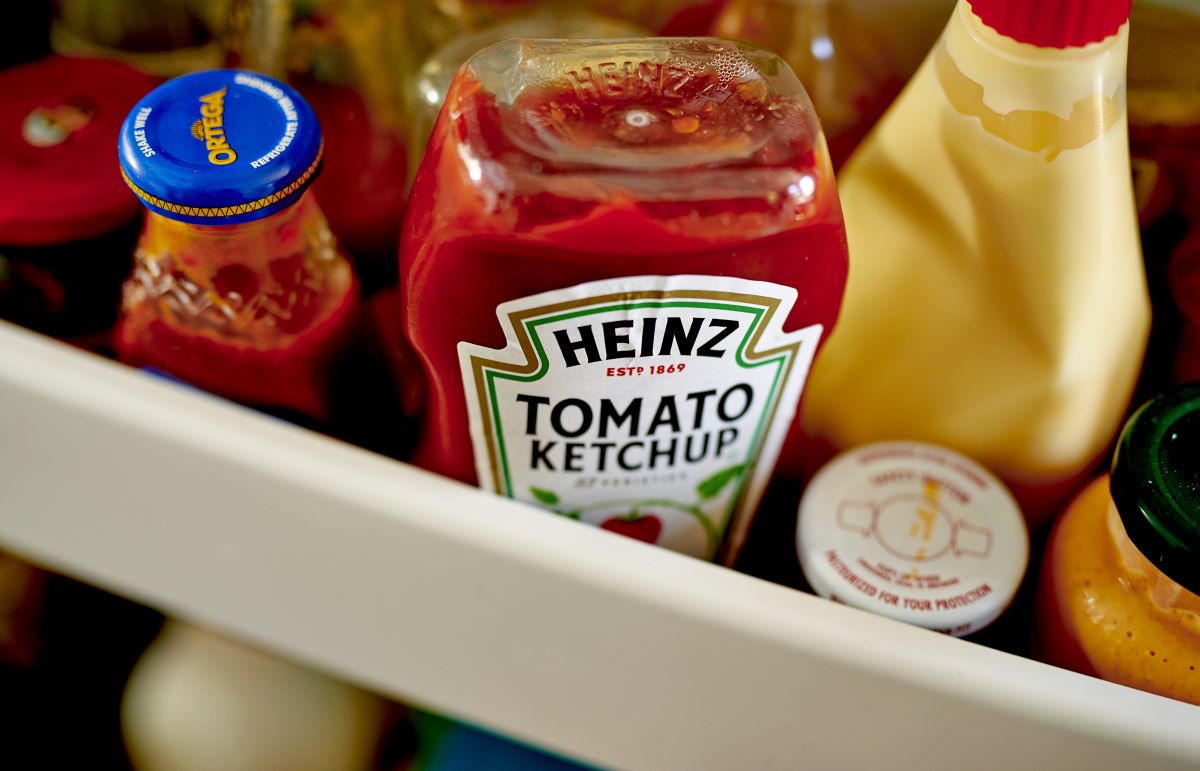

0 thoughts on “How To Store Powdered Milk After Opening”